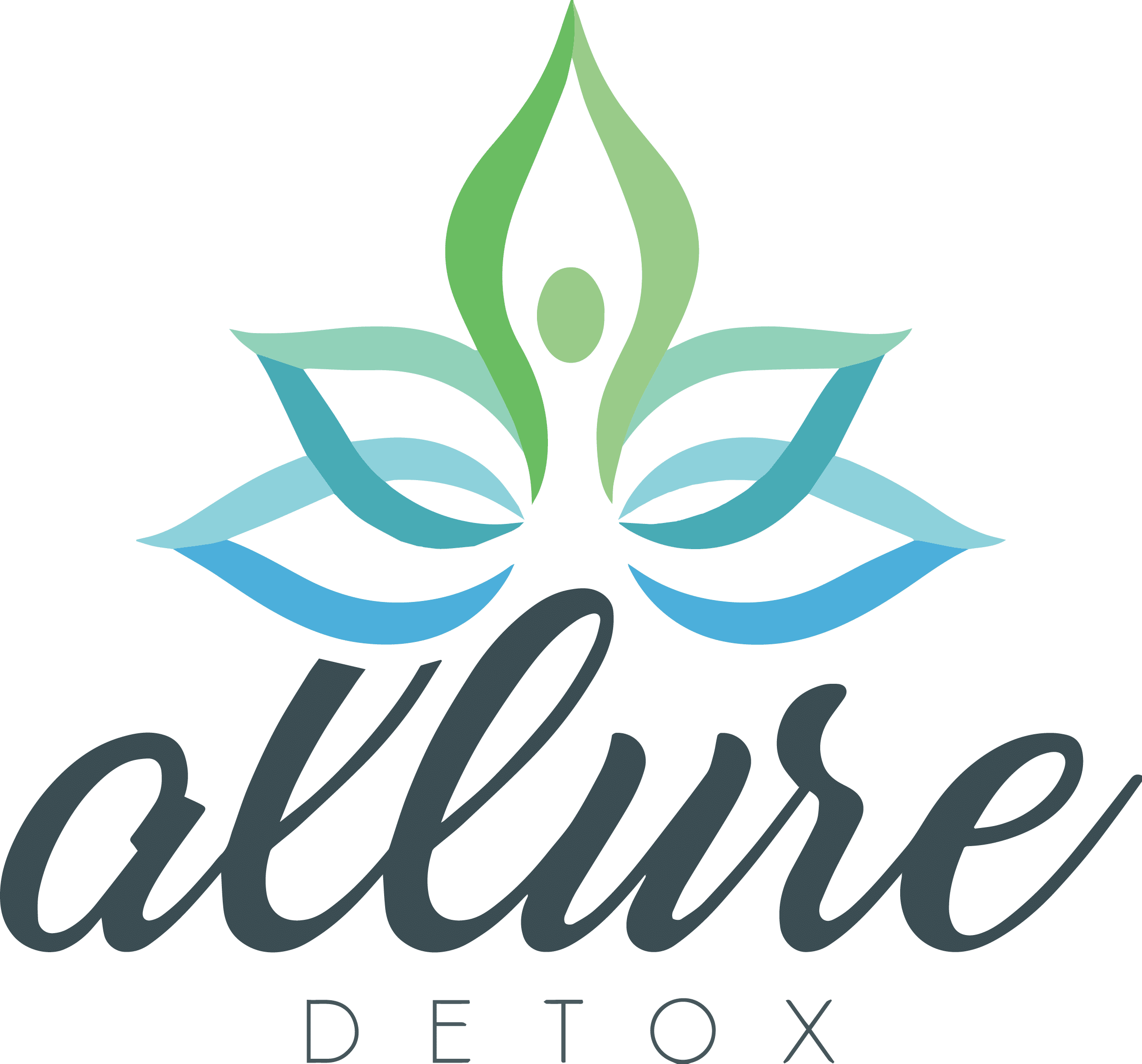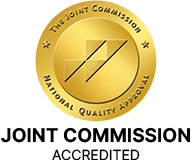When we think about addiction, we usually picture meticulously prepared chemicals with the intention of causing a high.
However, people are constantly experimenting with new chemicals, hoping to escape boredom or fit in with a certain crowd. As a result, inhalant addiction, also known as “huffing”, became a thing.
Knowing more about this type of substance abuse can greatly help you overcome this addiction and find the necessary help, and that’s where this guide comes in handy.
Today, we’ll walk you through a brief overview of inhalant addiction, including its identifiable symptoms and best treatment approaches.
Table of Contents
What Is Inhalant Abuse?
Inhalant abuse is the intentional inhalation of vapors from common household products or industrial chemicals to achieve a psychoactive or mind-altering effect.

These products are often readily available and seemingly harmless. Yet, they contain volatile solvents, aerosols, and nitrites that can cause intoxication when inhaled.
These substances are typically inhaled directly but as addiction develops, they’re concentrated in containers and plastic bags for huffing on the go.
The effects of inhalants are noticeably fast since the vapors bypass all systems and reach the bloodstream directly, creating a short-lived but potent high, characterized by euphoria and lightheadedness.
Like other forms of substance abuse, the use of inhalants often stems from different causes and risk factors, such as:
- Experimentation and curiosity about the effects of inhalants
- Desire to escape boredom or fit in with others, especially among adolescents
- Suffering underlying mental health conditions
- Continuous exposure to the vapors, especially through work
- Lack of awareness about the dangers of inhalants and downplaying their effects
How Inhalant Addiction Works
When inhaled, the vapors from inhalants quickly reach the bloodstream and travel to the central nervous system. These chemicals disrupt the normal communication between brain cells, causing the euphoric side effects the users seek.
However, the effects wear off quickly, which pushes users to repeat the cycle to experience the effects again.
Like other forms of drug use, the body develops tolerance to these chemicals, which requires increasing the dose to achieve the same effects.
The repetition of this cycle causes physical dependence (cravings) and substance use disorder characterized by withdrawal symptoms upon ceasing to use the drugs.
In some cases, inhalant use can also lead to psychological dependence. This means that even if the user isn’t physically addicted to the substance, they still have a strong urge to use inhalants to cope with certain triggers.
How Dangerous Is Inhalant Addiction?
Sniffing or huffing inhalants can lead to immediate dangers like heart palpitations. In severe cases, it can cause suffocation, coma, or even sudden death due to heart failure or respiratory depression.
The continuous abuse of inhalants also has long-lasting consequences, as it can harm other vital organs, such as the kidneys and the liver, and even cause permanent brain damage.
Some chemicals can also cause vision problems and hearing loss as well as exacerbate mental health problems or develop new ones like psychosis.
Signs of Inhalant Use
Inhalant addiction is quite subtle and difficult to pinpoint because it typically doesn’t include anything out of the ordinary, with most addictive items used being household products.
That being said, the short-term and long-term effects associated with the addiction can help you identify it. Here’s a quick glimpse at some of them:
- Chemical odors on the breath
- Paint stains on clothes (especially collars)
- Hidden empty containers and canisters, or rags soaked in chemicals
- Aggression, irritability, and excitability
- Runny nose and watery eyes, with chemical burns around the nostrils
- Chronic fatigue and nausea
- Noticeable weight loss
- Cognitive impairment
- Antisocial behaviors
How Common Is Inhalant Addiction in Florida?
Inhalant addiction is one of the heavily understudied types of addiction. This is because it uses a wide variety of chemicals with unpredictable effects. As a result, there isn’t a lot of scientific data and statistical figures that represent the case in Florida.
That being said, a study published by the National Institute on Drug Abuse shows that inhalants are becoming a serious problem among young people in Florida.
The research reports that inhalant addiction results in poor academic performance and social isolation while acting as a gateway to more serious forms of drug use.
Types of Addictive Inhalants
Experimenting with new items and chemicals, including household items, means that the types of inhalants commonly abused continuously grow. Here’s a quick look at some of them:
Aerosol Sprays
This includes a variety of everyday products that can be sprayed and suspended in the air. They contain propellants and solvents that can produce intoxicating effects when inhaled, such as deodorants, hairspray, and spray paint.
Volatile Solvents
These are liquids that readily evaporate and release vapors at room temperature, including paint thinners, lighter fluid, chloroform, cleaning fluids, glues, nail polish remover, gasoline, marker fluid, degreasers, rubber cement, correction fluid, and felt-tip markers.
Nitrites
These are often referred to as “poppers”, which include a wide range of chemicals that include nitrates.
Many of these inhalants are originally used to treat chest pain and dilate blood vessels, but they’re also abused for their psychoactive effects, such as amyl nitrite and butyl nitrite
Gasses
Certain gasses can also be misused to get high. The most popular items here are anesthetics, butane lighters, or propane tanks in addition to nitrous oxide, also known as “whippets”. These are found in whipped cream dispensers and trigger uncontrollable laughter and euphoria, which is why they’re also called “laughing gas”.
Inhalants Addiction Treatment Options
Recovering from inhalant addiction includes a variety of treatment programs. Here’s a quick look at the most reliable approaches.
Medical Detoxification
In most cases, treating inhalant addiction includes medically supervised detoxification. This process allows the body to safely eliminate the remaining chemicals and manage any Inhalant withdrawal symptoms.
Depending on the severity of addiction, this process can be inpatient or outpatient. The difference here is that inpatient cases remain in the treatment center throughout the treatment course while outpatient treatment allows you to return home every night.
Individual Therapy
After detoxification, individual therapy becomes the primary form of addiction treatment. Individual counseling is essential because, unlike detoxification, it targets the root cause of the problem, which helps in preventing relapses after release.
The most popular approaches here are cognitive behavioral therapy and dialectical behavioral therapy, which target negative thought patterns and develop new coping mechanisms instead of drug use.
Group Therapy
Group therapy allows individuals to connect with others who are also recovering from inhalant addiction through controlled and supervised support groups.
This shared experience can provide encouragement to stay sober and create a sense of belonging and community to overcome isolation associated with drug abuse.
These usually include 12-step programs that rely heavily on peer-to-peer support to maintain sobriety.
Holistic Therapy
In addition to traditional therapy approaches, some treatment programs may incorporate holistic therapies like yoga, meditation, or mindfulness training.
These therapies promote relaxation and improve well-being while helping manage stress and triggers, which makes them a valuable asset when it comes to relapse prevention after successful treatment.
The Importance of Personalized Addiction Treatment Plans
An effective inhalant addiction treatment program should address not just the physical dependence on inhalants but also the underlying causes of the addiction.
Since every case can have its unique triggers, healthcare professionals should always develop a unique plan for each individual person.
If you or someone you love is struggling with this type of addiction, don’t hesitate to contact Allure Detox to receive immediate help for inhalant addiction treatment near you from field experts and deeply caring staff!



